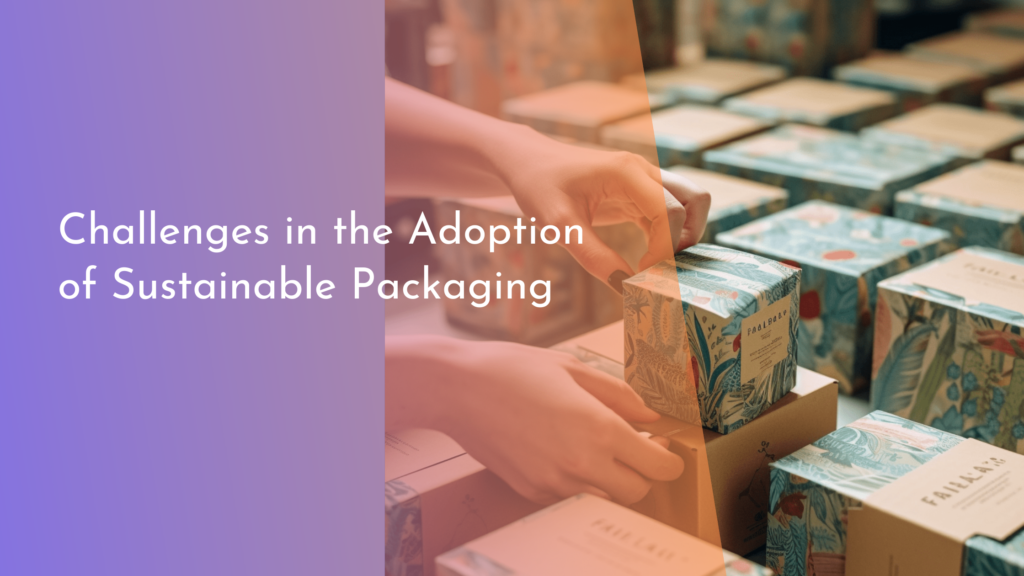The Influence of Consumer Behavior on Waste Generation
Consumer behavior significantly influences waste generation, with every choice at the checkout counter impacting the environment. Understanding this relationship is crucial for both consumers and policymakers aiming to build a more sustainable future. This article delves into how consumer habits affect waste production, explores the impact of purchasing patterns, and suggests effective strategies to minimize waste. By adjusting our consumer behaviors, we can significantly reduce the environmental footprint and contribute to a healthier planet.
Understanding Consumer Behavior and Waste
Consumer behavior encompasses the purchasing, usage, and disposal habits of individuals and groups. These behaviors determine the type and amount of waste generated. For instance, a preference for single-use products or excessive packaging directly leads to higher waste output. Additionally, the throwaway culture prevalent in many societies encourages the disposal of items that are still functional, which not only wastes resources but also exacerbates landfill issues.
Understanding the psychological and social factors that influence consumer decisions can help in designing better waste management strategies. Factors such as convenience, economic incentives, and societal norms play significant roles in shaping consumer behavior. By addressing these factors, individuals can be guided towards more sustainable consumption patterns, thereby reducing the environmental impact of their actions.
Impact of Purchasing Patterns on Waste Levels
Purchasing patterns have a direct correlation with waste generation. High consumption rates often lead to higher waste, particularly when the products purchased have a short lifespan or are not designed for reuse or recycling. For example, opting for disposable items instead of reusable ones can significantly increase the amount of waste a household produces.
Moreover, the trend of fast fashion and cheap electronics encourages consumers to buy frequently and discard quickly, which not only accumulates waste but also depletes natural resources. By understanding the environmental impact of these purchasing decisions, consumers can make more informed choices that favor sustainability over convenience or short-term savings.
Effective Strategies to Reduce Waste Generation
One effective strategy to reduce waste is implementing the principles of Reduce, Reuse, and Recycle (the 3Rs). Consumers can actively choose products with minimal packaging, buy in bulk, and opt for items that are durable and repairable. These choices not only decrease the amount of waste produced but also foster a culture of sustainability.
Another impactful approach is the adoption of a circular economy model, where products are designed to be recycled or upcycled at the end of their life cycle. Consumers can support this model by choosing products from companies that prioritize sustainability in their manufacturing processes. Additionally, advocating for and participating in community recycling programs can play a significant role in reducing overall waste generation.
Conclusion: Our Role in Shaping the Future
As consumers, we hold substantial power in influencing waste generation through our everyday choices. By being mindful of our consumption habits and opting for sustainable alternatives, we can significantly reduce the environmental impact of our actions. Embracing strategies that promote waste reduction not only contributes to environmental health but also sets a precedent for future generations.
In conclusion, our consumer behaviors and purchasing patterns play pivotal roles in shaping waste generation. By understanding the impact of our choices and adopting effective waste reduction strategies, we can contribute to a sustainable future. It is imperative that each of us takes responsibility for our actions and makes informed decisions that favor environmental preservation. Together, we can create a cleaner, more sustainable world for ourselves and future generations.


